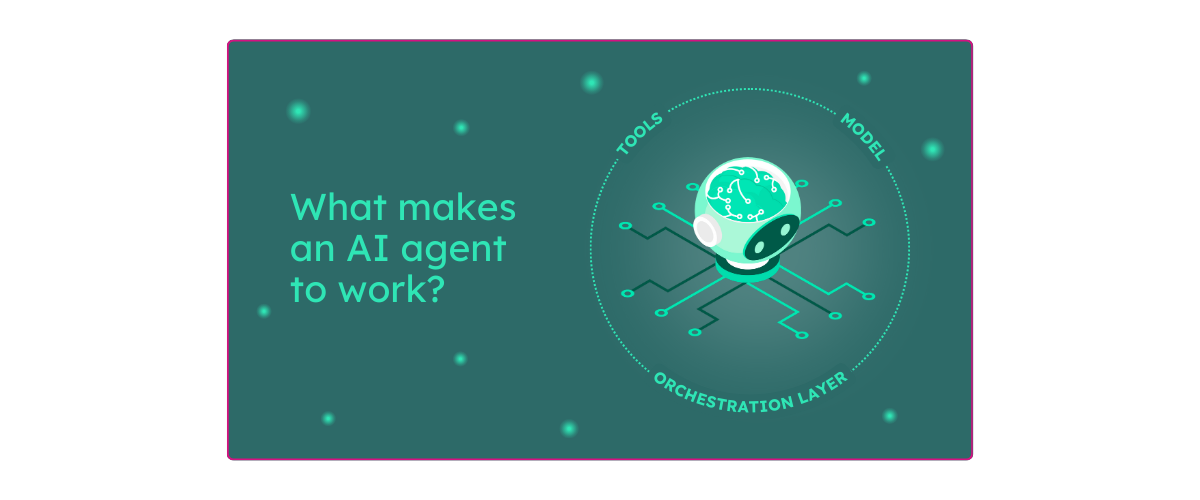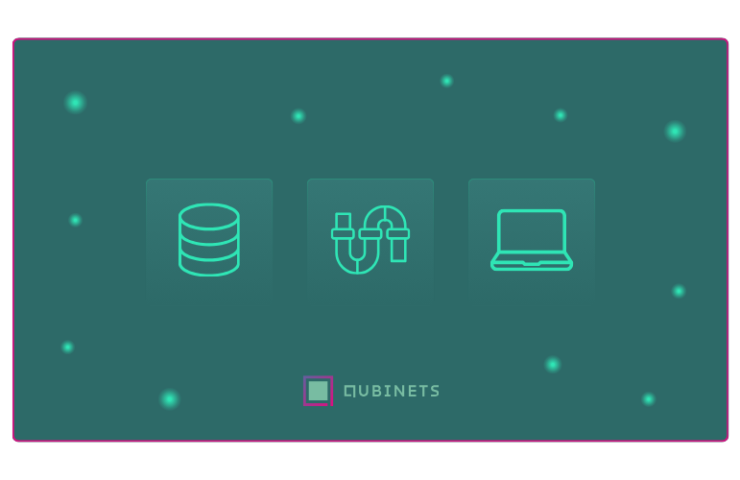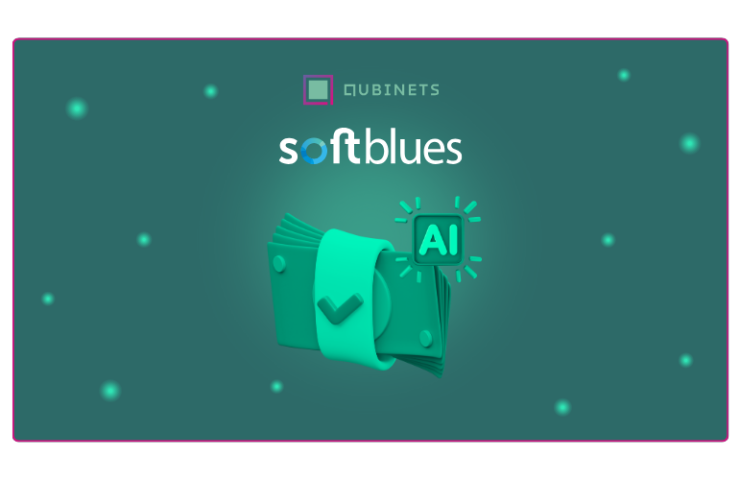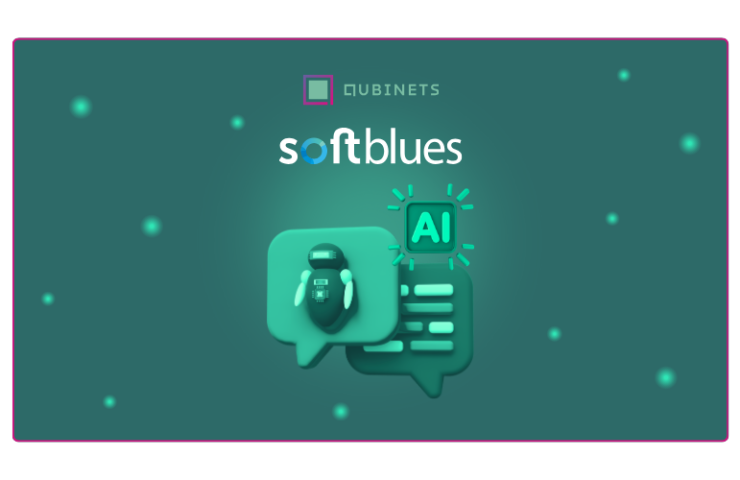AI agents are getting smarter, and it’s happening fast. A couple of years ago, most AI systems just answered questions. Now, they plan, make decisions, and take action—which is a whole different game.
Lately, the author of these lines has been buried in research papers on AI agents—breaking down how they work, what’s missing, and what it actually takes to deploy them in real-world applications.
The last deep dive was into a paper on agent infrastructure—the systems that keep AI agents accountable, secure, and under control.
Now, the spotlight is on a new piece of paper from Google, which takes a step back and asks: what actually makes an AI agent an agent?
This one explores how AI agents go beyond standard models, how they interact with external tools, and what it takes to move them from controlled lab environments into real-world use cases.
Let’s break it down.
What Is an AI Agent?
We hear the term AI agent a lot, but how is it different from a regular AI model? At first glance, they might seem similar—they both process information and generate responses. But there’s a big difference: AI models react, while AI agents act.
Think of it like this:
| AI Model 🧠 | AI Agent 🤖 |
|---|---|
| Stays within its training data. Knows only what it has learned. | Extends knowledge by connecting to external tools (APIs, databases, live data). |
| Gives one-time responses. No memory of past interactions unless explicitly designed to retain context. | Keeps track of past interactions and adapts based on ongoing context. |
| Works only within its own logic and reasoning abilities. | Uses reasoning frameworks (like ReAct or Chain-of-Thought) to make complex decisions. |
| Can’t execute actions—just provides suggestions. | Can take action: send emails, update records, trigger processes, etc. |
A model is like a librarian—you ask a question, it finds an answer based on what it already knows. An AI agent is like an assistant who not only finds the answer but also books the meeting, sends the email, or updates your calendar without you needing to do anything.
So, what makes an AI agent actually work? According to the Google paper, it comes down to three key components:
- The Model – The decision-maker, responsible for processing information.
- The Tools – APIs, databases, or any external system the agent interacts with.
- The Orchestration Layer – The mechanism that controls how the agent reasons, gathers data, and takes action.
The real magic happens when these three components work together. Without tools, the agent is just another model. Without orchestration, it’s just running random tasks. But when everything is in sync? That’s when AI agents start looking less like advanced chatbots and more like real digital assistants that can work autonomously.
How AI Agents Connect to the World: The Role of Tools
AI agents may be smart, but without the right tools, they’re stuck inside their own heads. A model alone can’t book a flight, check your email, or pull the latest stock prices—it needs external tools to interact with the real world.
The Google paper explains that tools are what make AI agents actually useful. Instead of just generating responses, tools allow agents to fetch live data, trigger workflows, and execute actions. These tools come in three main types:
1. Extensions – The Agent’s Bridge to APIs
Extensions allow AI agents to communicate with external services like weather apps, flight booking systems, or email platforms. Think of them as pre-built connectors that help agents fetch data or perform actions without needing custom code.
🔹 Example: An AI travel agent uses an extension to check real-time flight prices before recommending the best option.
2. Functions – Letting Agents Take Action
Functions are predefined tasks that an agent can execute. Unlike extensions, which focus on retrieving data, functions allow the agent to process and act on information.
🔹 Example: A financial AI assistant uses a function to categorize your expenses, helping you see where your money is going.
3. Data Stores – The Agent’s External Memory
Models don’t have real-time access to new information unless they use data stores—external databases or document repositories that keep them updated.
🔹 Example: A legal AI agent pulls the latest compliance regulations from a company’s internal document storage before drafting a contract.
Why Tools Matter
Without these tools, AI agents would be just as limited as traditional models—stuck in their training data, unable to interact with the real world. But by combining extensions, functions, and data stores, agents become smarter, more adaptable, and actually capable of getting things done.
Deploying AI Agents in Production: Challenges & Solutions
Building AI agents is one thing—deploying them at scale is another. The Google paper highlights key challenges that businesses and developers face when bringing AI agents into real-world applications.
Here’s what makes production deployment tricky—and what needs to be done to solve it.
1. Security & Compliance
AI agents often handle sensitive data, from personal user details to financial transactions. Without proper safeguards, they can become a security risk.
🔹 The challenge: Ensuring agents follow privacy regulations and don’t leak confidential data.
🔹 The solution: Implementing access controls, auditing systems, and secure API management to track agent activity.
2. Reliability – Making Sure Agents Don’t Break
In research settings, AI agents can be carefully monitored—but in the real world, they need to operate consistently and without human intervention.
🔹 The challenge: Agents need to handle unpredictable inputs, system failures, and real-time changes without crashing.
🔹 The solution: Using robust error-handling mechanisms and fallback workflows to ensure continuous operation.
3. Interoperability – Connecting Agents with Existing Systems
Most companies already have business software, databases, and workflows in place. The agents need to work with, not against, these existing tools.
🔹 The challenge: AI agents must be able to integrate with APIs, databases, and third-party services without disrupting operations.
🔹 The solution: Using modular architectures that allow agents to connect with multiple systems smoothly.
How Qubinets Fits In
Instead of businesses struggling to set up infrastructure from scratch, Qubinets provides a ready-made environment for deploying, managing, and scaling AI agents.
✅ Security & Governance – Full control over AI agent access, ensuring compliance.
✅ Scalability – AI agents run on dedicated infrastructure, so businesses don’t need to worry about maintenance.
✅ Easy Integration – Pre-configured connectors and APIs make it simple to plug AI agents into existing systems.
Bringing agents to production requires more than just good models—it requires a solid infrastructure.
Why Infrastructure Matters?
AI agents aren’t just getting smarter—they’re becoming more capable, independent, and deeply integrated into real-world systems. But intelligence alone isn’t enough. The real challenge is deploying AI agents in a way that’s scalable, secure, and reliable.
The Google paper highlights how AI agents are evolving from reactive models to proactive systems that plan, make decisions, and take action. But as they become more powerful, the need for robust infrastructure grows. Without the right systems in place, AI agents risk being unreliable, insecure, or too difficult to integrate into existing workflows.
That’s why businesses looking to adopt AI agents need more than just great models—they need a solid deployment foundation. Ensuring AI agents can connect to tools, manage data, and operate at scale without breaking requires an infrastructure that can handle:
- Security & Compliance: AI agents often work with sensitive data and must meet regulatory standards.
- Scalability: As businesses grow, their AI agents need to handle more tasks without downtime or performance issues.
- Seamless Integration: AI agents should work within existing business systems, not disrupt them.
Qubinets provides this type of foundation, making it easier for companies to deploy, monitor, and scale AI agents without having to build infrastructure from scratch. As AI agents move beyond research and into real-world applications, having the right infrastructure will determine how successfully they can be used in practice.
The future of AI agents isn’t just about making them more advanced—it’s about making them deployable, manageable, and truly useful.






